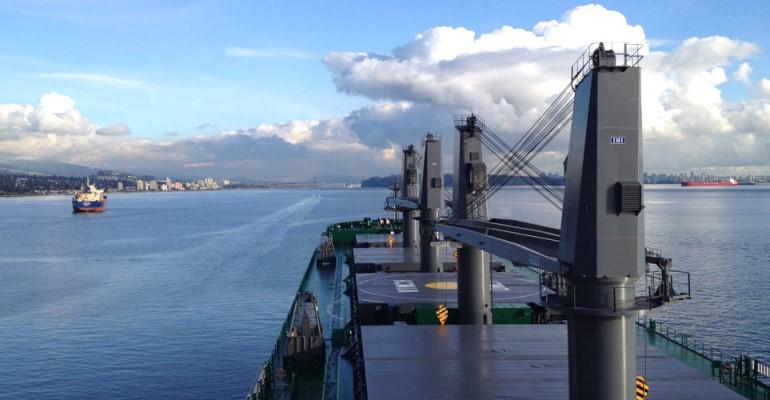Adam Kent, Managing Director of Maritime Strategies International (MSI), tells the Seatrade Maritime Podcast that lockdowns in China and concerns over the country’s property market had had quite a big impact on the dry bulk market over the last six months.
“Then we've seen global steel production down by around 5%. This year, iron ore imports down by around 3%., and that's had a huge knock-on effect to the dry bulk industry,” Kent explains.
The dry bulk market had also benefitted from a shift of containerised shipments to dry bulk, when the container freights hit all time high levels, and as box rates now come off cargoes that had shifted to dry bulk are now moving back to containers.
There has also been the impact of the broader global economy on the dry bulk market. “I think generally with very high commodity prices, high inflation, this has impacted the dry bulk market quite significantly over the course of the last eight months,” he says.
On the supply side port congestion which had acted to constrain supply has seen a major improvement this year with the supply chain starting to normalise. “Port congestion is unwinding very quickly. And that's bringing a lot of tonnage back into the market.”
Recent analysis by MSI showed that around 7 – 10% of the dry bulk fleet was tied up in port congestion last year, which equates roughly to the amount tonnage required to service the iron ore trade between Australia and China. “So, we've got all of those ships coming back into the trading fleet, which is obviously going to be detrimental to market balances,” Kent explains.
What does this mean for the outlook of the dry bulk market going into 2023? In the near term MSI expects to see something of a bounce back over the next six months backed by factors such as increased consumption of steel.
“If we see commodity prices come off, then that will prompt more trade, especially into places like China that are very sort of price sensitive when it comes to both iron ore and coal.” This will combine with a more favourable supply side of the market.
However, looking beyond the next six months the market is expected to be weaker as a whole. “Although we expect to see some strength in the next six months we do expect to see, if you look at things on an annual average basis, the dry bulk market to be weaker next year than it is this year. And that's as much on the demand side as anything because the world sort of readjusts post Covid,” Kent forecasts.
The podcast covers the tanker, container and dry bulk sectors and the section on dry bulk shipping starts from 15:45. Listen now in the player below or the app of your choice
If you like the show, make sure to subscribe and follow The Seatrade Maritime Podcast. Feel free also to recommend the show to a friend or colleague that you think would enjoy it.
Copyright © 2024. All rights reserved. Seatrade, a trading name of Informa Markets (UK) Limited.
Add Seatrade Maritime News to your Google News feed.  |

